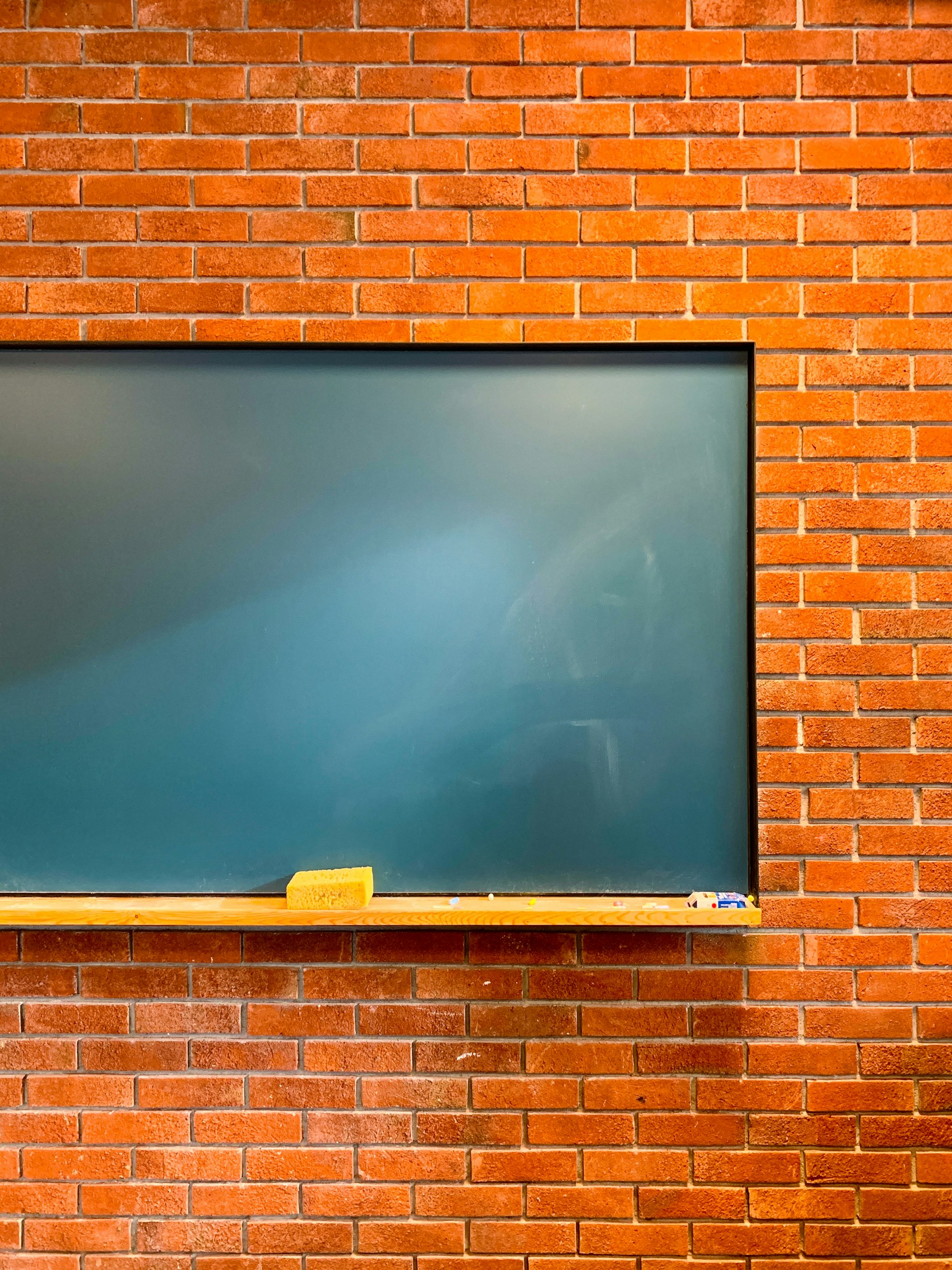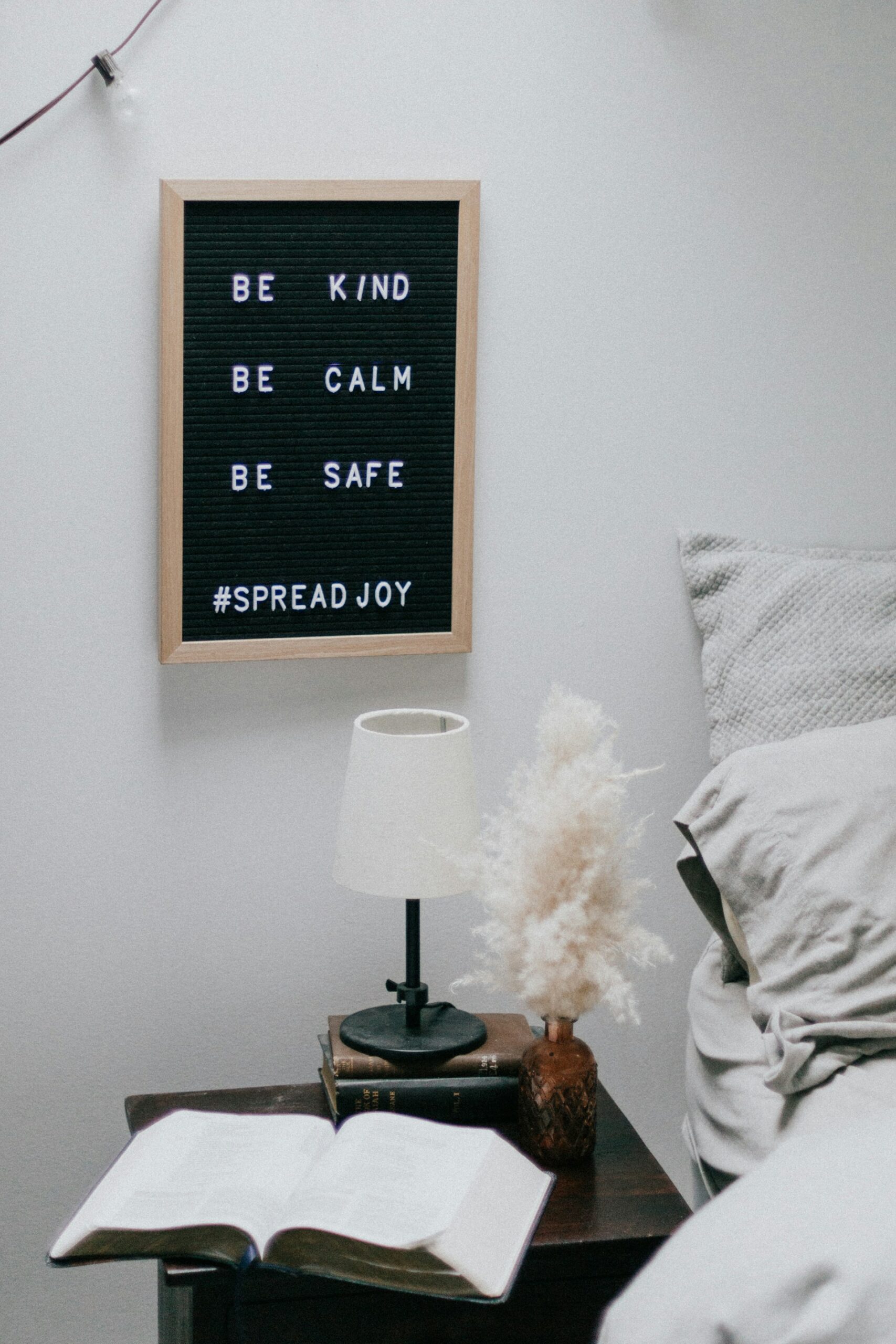As a new teacher, figuring out how to achieve a healthy work-life balance can be a struggle. Many Early Career Teachers start working in education because they hope to make an impact on children and their learning, but they can sometimes face expectations that seem impossible to live up to.
In their Teacher Wellbeing Index, Education Support found that 70% of teachers and education staff said workload was the main reason for thinking about leaving their jobs.
However, finding the sweet spot between achievement and work-life balance can help teachers build a happy and healthy career in education. Read our top tips on how to look after your well-being as a new teacher.











